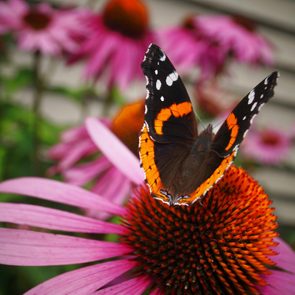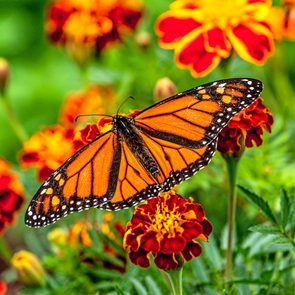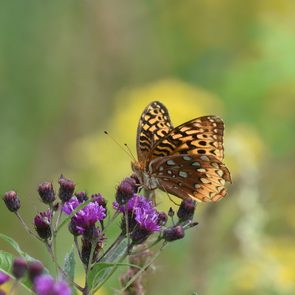Attract Butterflies With Native Stokes’ Aster
Updated: Jul. 11, 2023
The large nectar-rich flower heads of native Stokes' aster plants will attract butterflies and other pollinators to your garden.
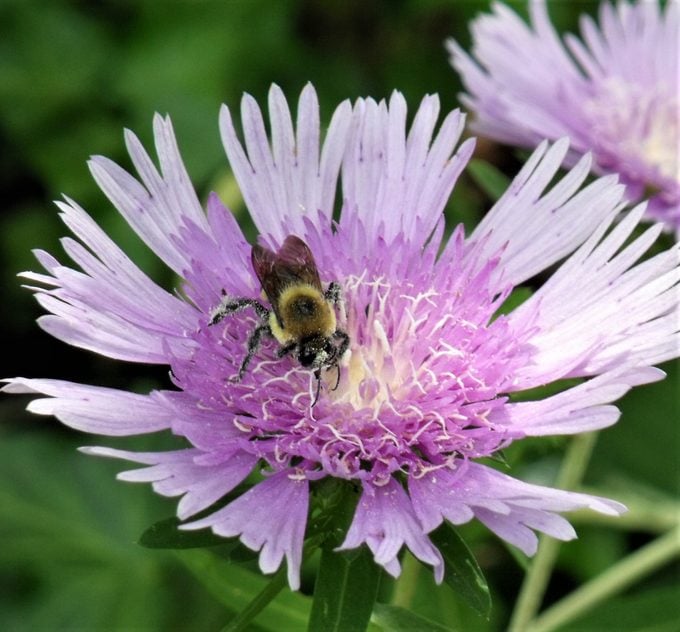
Every other year, I make a trip to Ohio to visit family. It’s always nice to head up there during the summer and check out everyone’s gardens, which seem to be making up for suffering through miserable winter months of snow and ice by flowering as profusely as possible during the time they have available. I have a habit of buying plants for the people that I visit, and it’s fun to come back a few years later and see how those plants are doing in their gardens. This year, I was thrilled to see that the Stokes’ aster I bought my mother a couple of years ago is absolutely thriving.
Learn how to grow native Carolina aster.
Stokes’ Aster Care
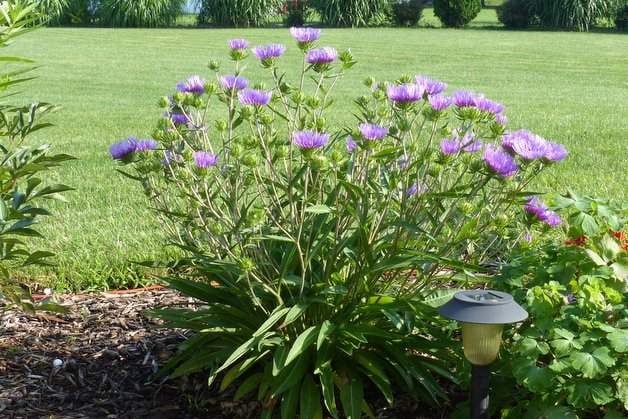
- Stokes aster
- Stokesia laevis
- Zones: 5 to 9
- Light needs: Full sun, partial sun
- Height: 1 to 2 feet tall
Stokes’ aster (Stokesia laevis) is native to the Southeastern U.S. However, it can survive winters to zone 5 with a little extra mulching. This drought-tolerant plant likes well-drained soil and lots of sun. It will tolerate some shade in the deep south. The large blooms appear in mid-summer. Deadheading will ensure this plant continues to flower for quite some time.
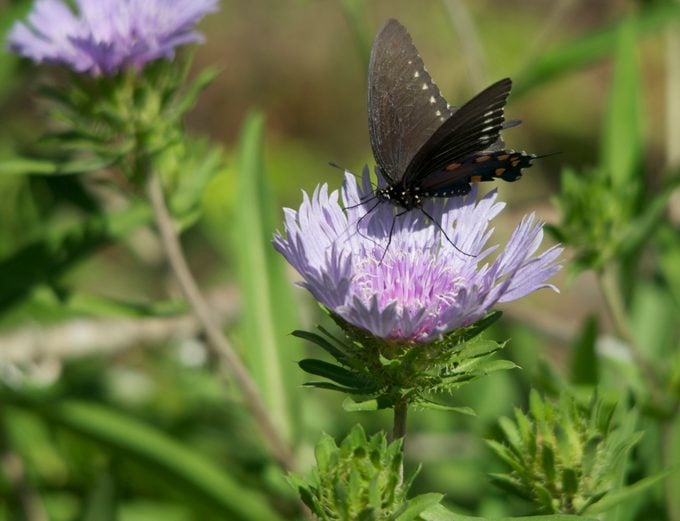
Stokes’ aster should be divided every few years to keep the plant healthy and encourage flowering. It can be started from seed as well. Or just allow the last flowers in early fall to set seed rather than deadheading.
Keep your garden growing with late blooming asters.
Stokes’ Aster Pollinator Benefits
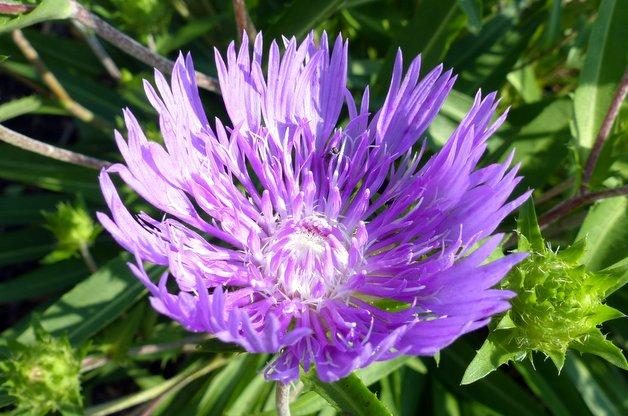
The more flowers the better. Stokes’ aster blooms attract butterflies and hummingbirds like crazy! I watched one hummingbird spend about five minutes visiting the aster shown above one morning. But of course my camera was nowhere nearby. The flowers close at night and reopen with the morning sun, ready to greet the day and bring more wildlife to your garden!
Cultivars to Grow
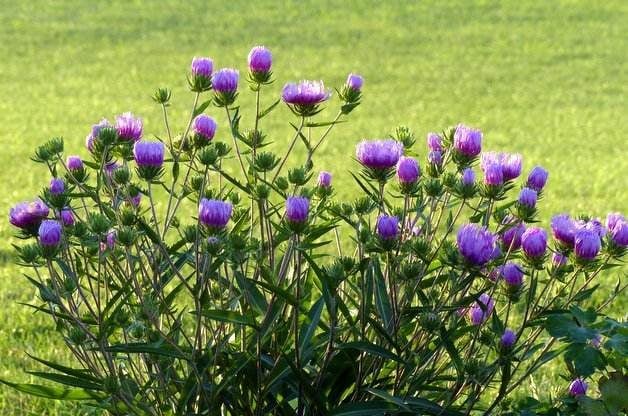
There are a variety of cultivars available, including some with pink and white blooms. ‘Blue Danube’ (shown above) is my personal favorite for its large lavender flowers that attract butterflies for weeks in the summer.





















